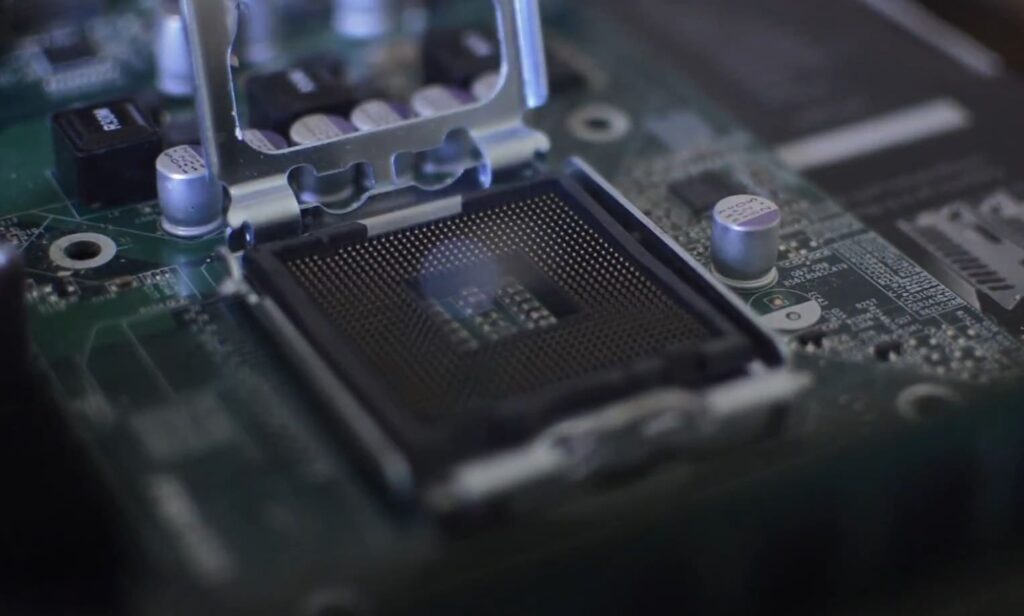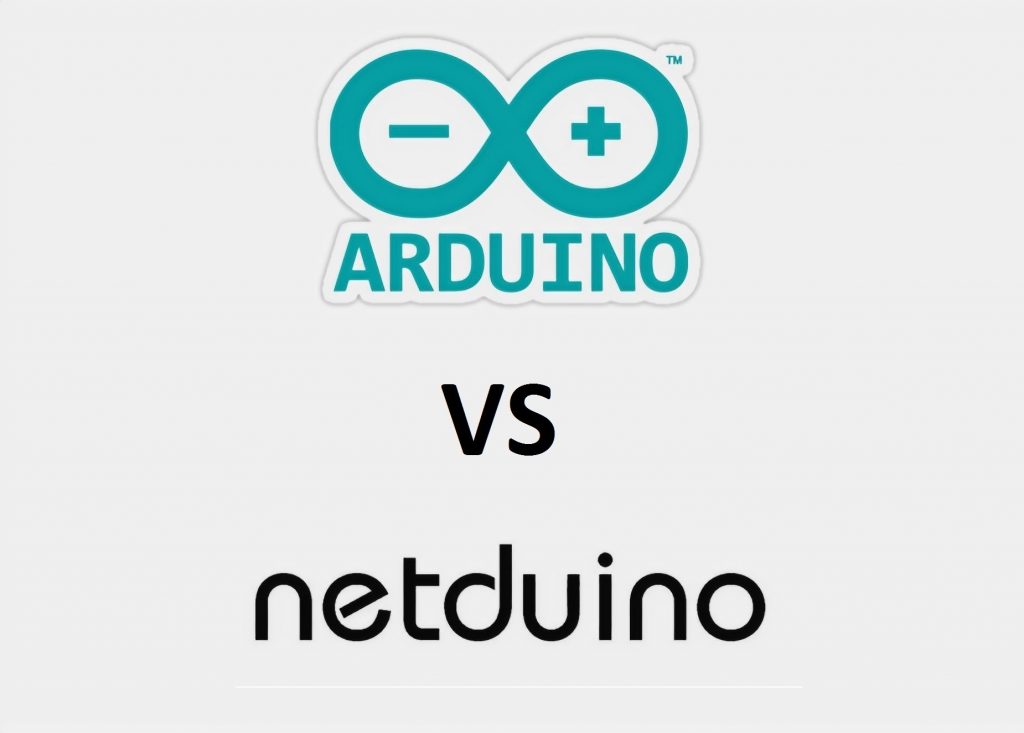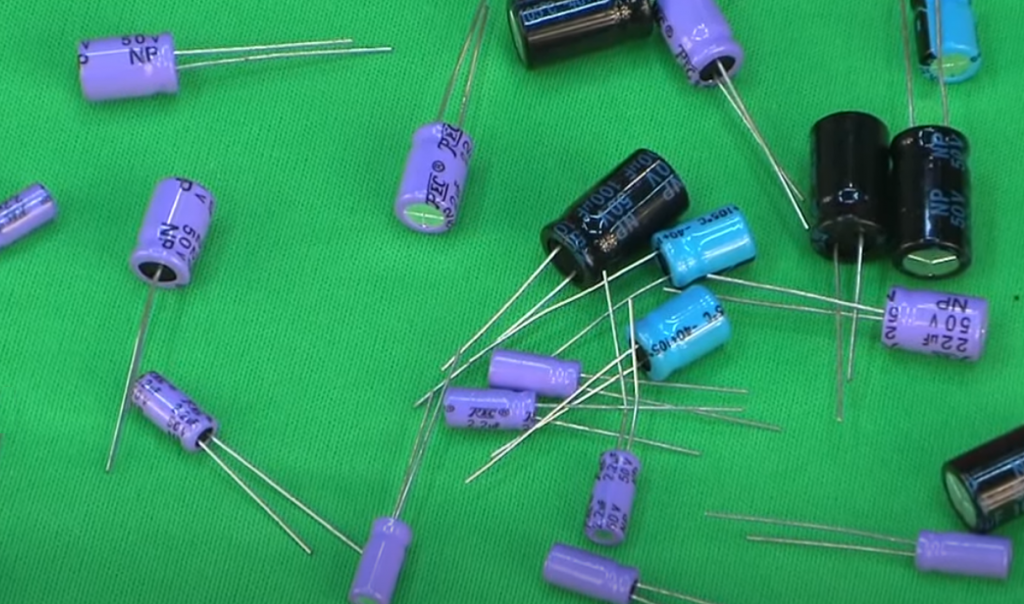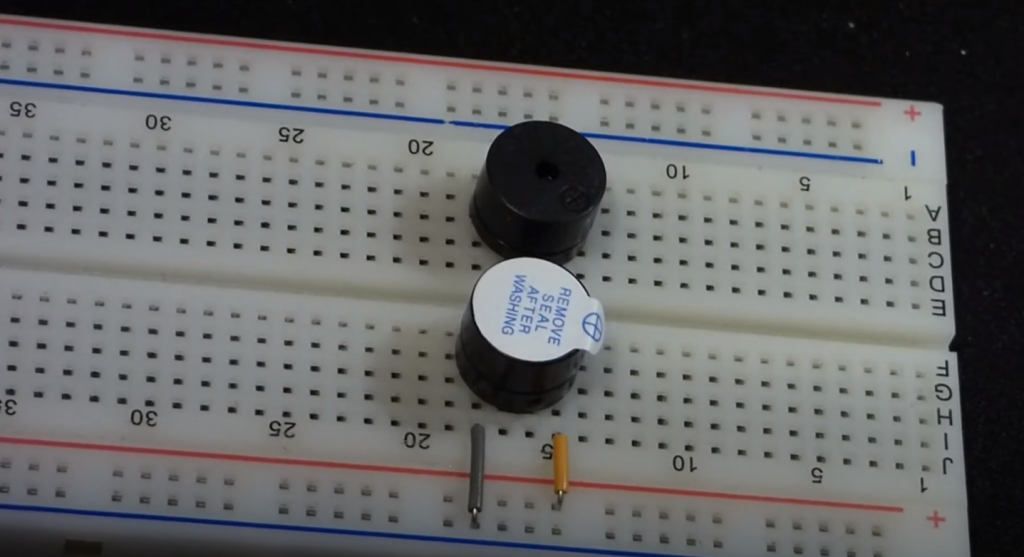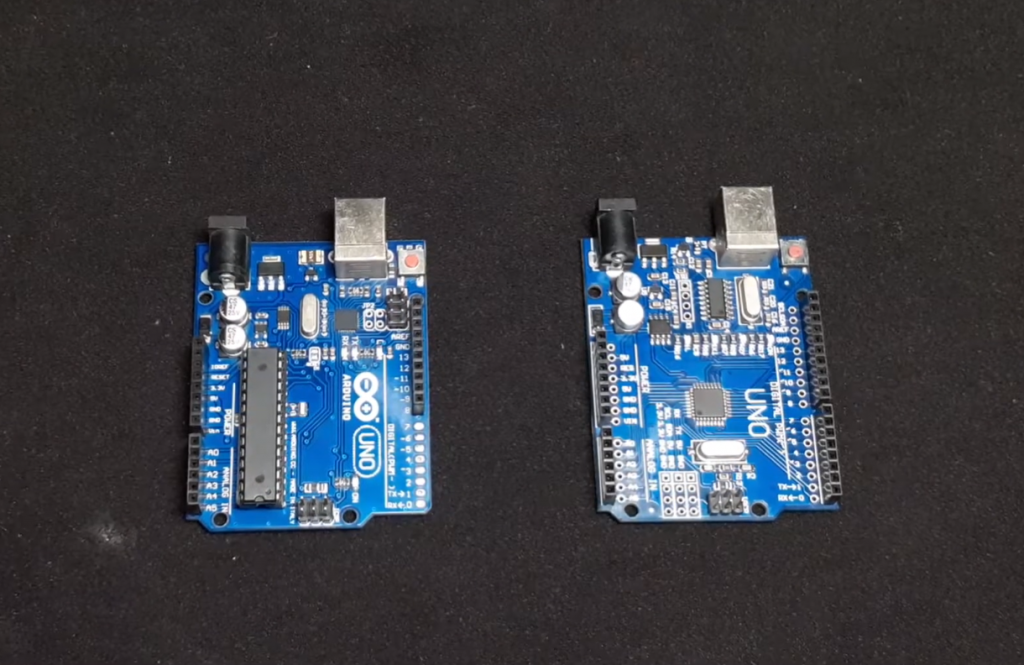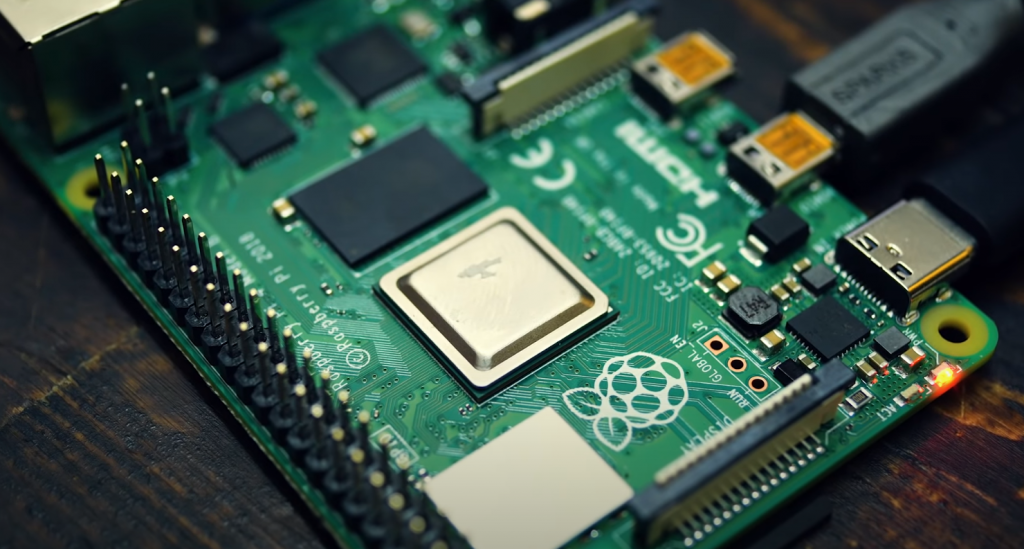When building a high-performance computer, finding the right cooling solution is crucial. The heatsink draws heat away from sensitive components like the CPU and GPU, preventing thermal throttling during demanding tasks. But with options like copper or aluminum, how do you choose the best material for optimal heat dissipation? Both have their advantages and disadvantages that must be weighed. While visually similar, not all heatsinks are created equal when effectively cooling your overclocked silicon. Before selecting a CPU cooler or GPU heatsink, understanding the thermal characteristics and tradeoffs of copper versus aluminum is key.
Key Highlights
Overall, copper heatsinks are better for cooling capacity thanks to copper’s higher thermal conductivity. Copper can transfer heat faster from the CPU or GPU. However, aluminum is significantly lighter, which helps reduce strain on delicate motherboard components. Aluminum also costs less, making it popular for stock coolers. For most users, an aluminum heatsink is sufficient for moderate workloads. But enthusiasts and overclockers should opt for copper to handle the extra heat from pushing processors to the limits. Copper’s superior conductivity comes at the price of greater weight and cost.
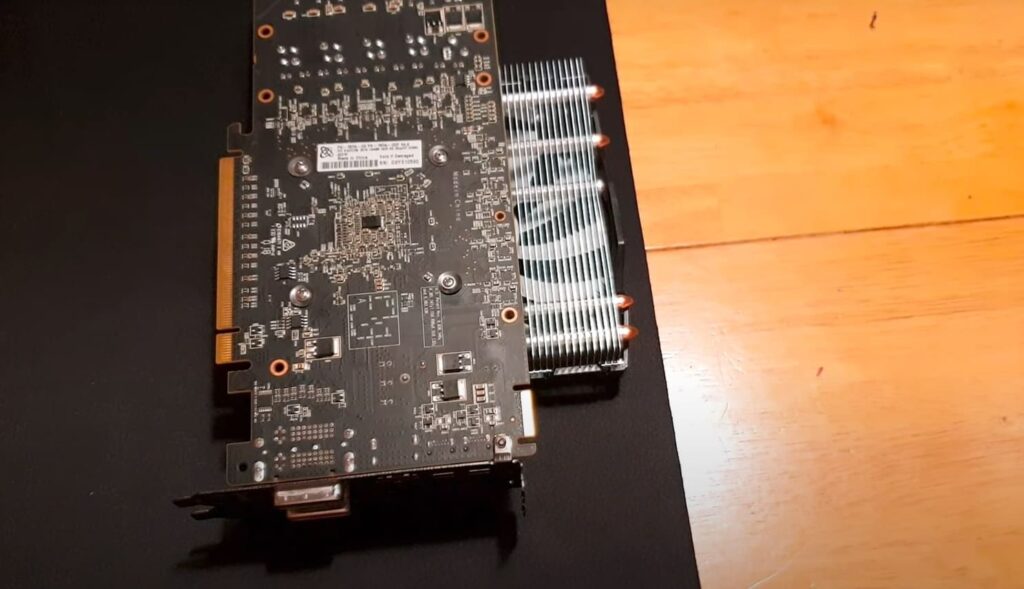
Properties of Copper and Aluminum
Heatsinks from metals like copper and aluminum are commonly used to cool computer components. However, not all heatsink materials are equal when effectively transferring heat away from sensitive electronics. The intrinsic properties of copper and aluminum can significantly impact cooling capacity, weight, longevity, and cost.
Understanding how these fundamental material characteristics differ allows for matching the best heatsink metal to the thermal needs of a specific application. When used optimally, copper and aluminum each have roles to play in PC cooling.
Thermal Conductivity
Thermal conductivity measures how well a material transfers heat. It indicates the rate at which energy can propagate through a medium.
Copper has excellent thermal conductivity, around 400 W/mK. This allows rapid heat diffusion across temperature gradients. Aluminum’s conductivity is lower at approximately 200 W/mK.
Higher conductivity metals like copper are better for spreading heat quickly across heatsink fins and into the airflow. This enables faster dissipation from heat sources.
Electrical Conductivity
While seemingly unrelated, a metal’s electrical conductivity is linked to how well it conducts thermal energy. Copper has high electrical conductivity, second only to silver.
In contrast, aluminum has just 59% the conductivity of copper. Its greater electrical resistance results in more electron scattering, impeding heat transfer.
So, copper’s superior electrical conductivity also directly benefits its thermal dissipation capabilities.
Density
Copper is significantly denser than aluminum, with almost three times the mass per volume. Copper has a density of around 8.9 g/cm^3 compared to aluminum’s 2.7 g/cm^3.
This makes copper heatsinks much heavier for the same size. While good for heat storage, excessive heatsink weight can strain motherboard sockets.
Aluminum’s lower density helps lighten large heatsinks, reducing socket and board stress. This facilitates passive cooling setups.
Specific Heat Capacity
A metal’s specific heat describes how much energy is needed to raise its temperature by 1°C. This relates directly to thermal energy storage.
Copper can absorb more heat energy per gram before its temperature rises. Copper has around 0.39 J/g°C specific heat versus aluminum’s 0.91 J/g°C.
This gives copper an advantage in managing sudden heat spikes. Its greater capacity slows temperature rise, helping prevent throttling.
Corrosion Resistance
When exposed to air over time, copper and aluminum both undergo oxidation tarnishing. This can interfere with thermal transfer across mating surfaces.
Aluminum tends to corrode faster than copper, developing a fine-gray oxide layer. Copper oxidizes to form a greenish patina but at a slower rate.
With protective finishes, both can avoid discoloration. But untreated, copper retains its shiny luster and performance longer than aluminum.
Machinability
Heatsinks require precise machining to create fins and grooves for optimal surface area. This depends on the metal’s hardness and brittleness.
Soft, ductile aluminum is easier to cut, drill, and tap compared to copper. This makes aluminum more amenable to mass production, lowering costs.
Harder copper is more difficult to machine and requires diamond tooling, increasing manufacturing expenses.
Cost
Copper raw material costs are substantially higher than aluminum, roughly 2-3 times as much per kilogram.
This drives the prices of copper heatsinks much higher than equivalent aluminum models. However, copper’s superior longevity helps offset replacement costs.
For budget builds, aluminum provides adequate cooling at a fraction of the price. But for optimal performance, copper gives unbeatable thermal capabilities.
Understanding these fundamental properties allows matching the best heatsink metal to a specific computer build’s cooling needs and constraints. Both copper and aluminum have roles to play in thermal management.

Copper Heatsinks
Heatsinks made of copper offer superior heat dissipation for high-performance computing applications. Copper is exceptionally well-suited for conducting heat thanks to its metallic properties. However, copper comes at a higher cost and weight compared to alternatives like aluminum.
Understanding copper’s strengths and drawbacks helps determine when it is the best thermal solution. Copper’s advantages outweigh its downsides for processors and chips that generate substantial amounts of heat under load.
Advantages of Copper Heatsinks
Several beneficial characteristics make copper ideal for heatsinks:
- Excellent thermal conductivity – Copper has around 400 W/mK conductivity, allowing rapid heat transfer. This enables the fast spreading of heat into fins.
- High heat capacity – Copper can absorb lots of energy before its temperature rises, preventing spikes.
- Resists corrosion – Less prone to oxidizing and performance degradation over time.
- Durable – Hard copper maintains its integrity and is less likely to dent or warp.
- Good machinability – Readily worked into grooves and fins to maximize surface area exposure.
Disadvantages of Copper
Some downsides to consider with copper heatsinks include:
- Heavyweight – Copper is dense, putting more strain on motherboard mounting points.
- Higher cost – More expensive due to material costs and machining challenges.
- Susceptible to tarnish – Can oxidize into a green patina over time without protective coatings.
Copper Heatsink Manufacturing
Quality copper heatsinks start with 99% pure copper. The metal is first annealed to enhance thermal properties. It is then cut and precision machined into shape using diamond tooling. Fins are added for increased surface area.
The heatsink is polished to a mirrored finish for minimal contact resistance. Protective lacquers are often applied to reduce tarnish over time.
Copper Heatsink Applications
Copper heatsinks shine for high-performance computing:
- Overclocked CPUs – Copper’s heat transfer tames the extra heat from overclocked processors.
- High-end GPUs – Excellent for quickly dissipating heat from graphics card cores and memory.
- Compact builds – Copper maximizes cooling in small, cramped cases with limited space.
While more expensive than alternatives like aluminum, copper’s unmatched cooling abilities make it the top choice when processor temperatures must stay as low as possible.
Aluminum Heatsinks
Aluminum heatsinks provide an affordable cooling solution for many desktop computers and electronic components. Made from aluminum alloy metal, these heatsinks offer a lightweight design that dissipates moderate heat loads. While not as powerful as copper, aluminum’s favorable traits make it ideal for cost-conscious configurations.
Understanding the benefits and limitations of aluminum helps determine the best applications for its use as a heatsink material. When high-end cooling is not required, aluminum balances price, performance, and weight.
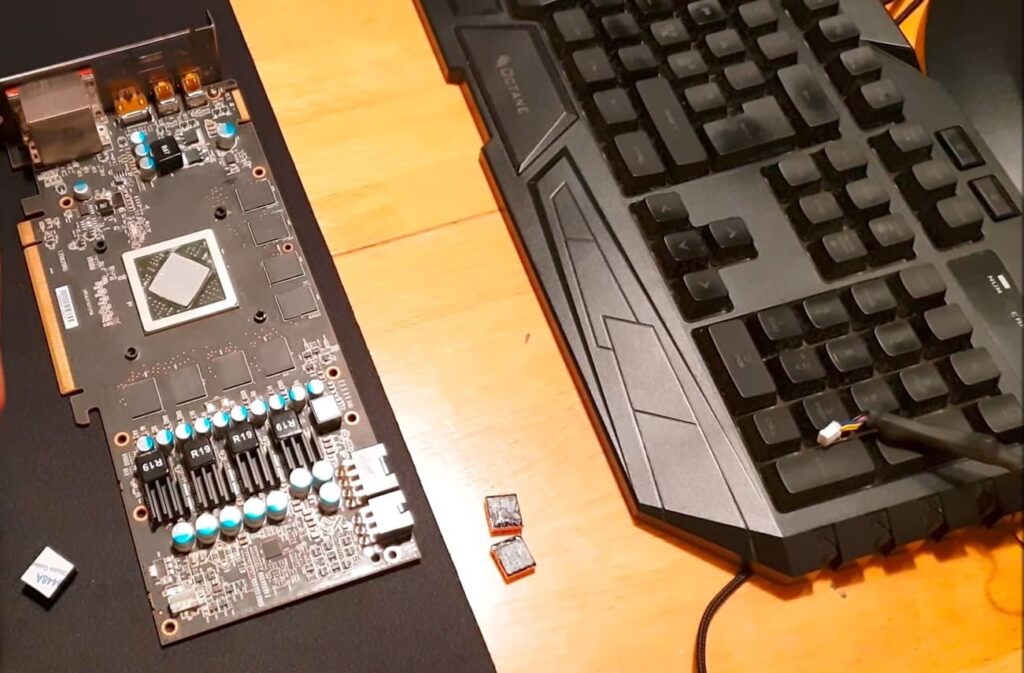
Advantages of Aluminum Heatsinks
Some beneficial properties of aluminum as a heatsink material include:
- Low density – Very lightweight compared to copper, reducing strain on motherboards.
- Easy to machine – Aluminum is soft and malleable, making manufacturing simpler and cheaper.
- Good conductivity – With a rating of around 200 W/mK, aluminum dissipates heat sufficiently for average loads.
- Resists corrosion – Forms a protective oxide layer that prevents further erosion.
- Low cost – Significantly more affordable than copper due to lower material expenses.
Disadvantages of Aluminum
Some negative factors associated with aluminum heatsinks:
- Lower heat capacity – Cannot absorb large amounts of heat energy before rising in temperature.
- Prone to warping – Softer aluminum can bend out of shape if stressed or mishandled.
- Mediocre conductivity – Does not transfer heat as quickly as metals like copper.
Aluminum Heatsink Manufacturing
Aluminum heatsinks start with aluminum alloy sheets containing trace silicon and magnesium to enhance mechanical properties. The aluminum is stamped into shape, and fins are added. The surfaces are often anodized to improve hardness and corrosion resistance.
Aluminum Heatsink Applications
Some good applications for aluminum heatsinks:
- Stock CPU coolers – Pre-installed heatsinks for non-overclocked processors.
- GPU coolers – Adequate for most graphics cards running at stock clocks.
- LED fixtures – Dissipates heat from high-power lighting arrays.
- Small electronics – Slim form factor ideal for compact devices and boards.
For desktop builds on a budget, aluminum heatsinks offer sufficient cooling at a fraction of the cost of copper. Specifying aluminum is all about matching thermal needs to the capabilities of the metal.
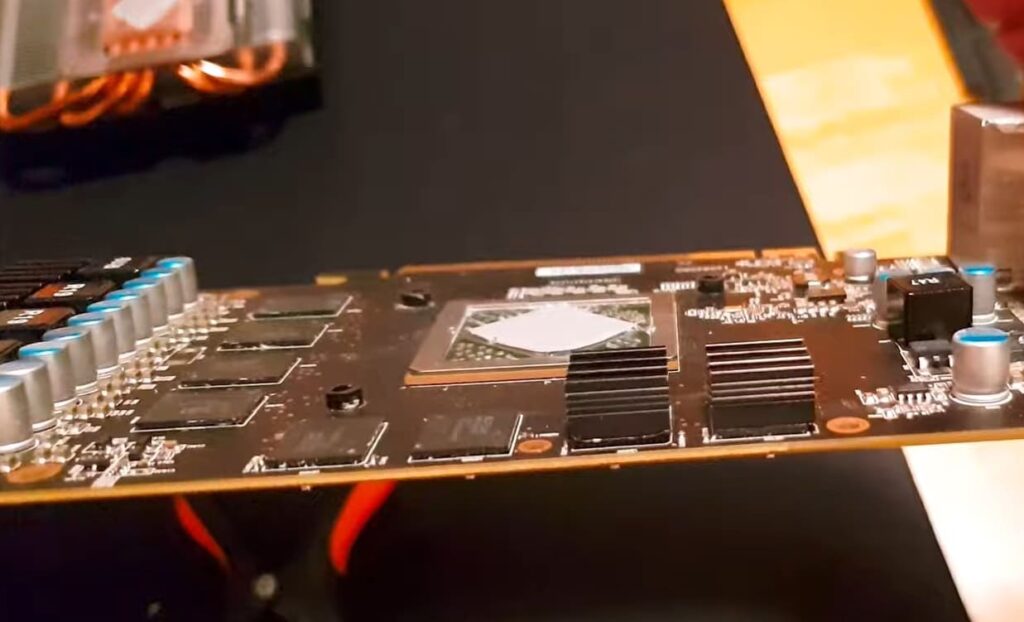
Comparison of Copper and Aluminum Heatsinks
Selecting the optimal heatsink metal involves balancing performance, weight, cost, and other considerations that depend on the intended application. Copper and aluminum have distinctive strengths and weaknesses that suit different scenarios. Understanding how these two popular heatsink materials compare facilitates choosing the right one.
While copper reigns supreme for heat dissipation, aluminum brings benefits like greatly reduced weight. The type of component being cooled and performance requirements dictate which material is the best fit.
Thermal Conductivity
This property indicates how quickly heat energy transfers through a material. Copper has excellent thermal conductivity, around 400 W/mK, while aluminum is rated at about 200 W/mK.
Copper’s higher conductivity enables superior heat dissipation from hot parts like CPUs and GPUs. Aluminum needs to catch up when it comes to transferring heat rapidly.
Density and Weight
Copper is much denser than aluminum, making copper heatsinks substantially heavier. Excess heatsink weight can strain delicate motherboard sockets and GPU slots.
Aluminum’s lightness helps reduce the load onboard components. This allows for large passive heatsinks that rely solely on airflow.
Cost Comparison
Copper costs around 2-3 times more than aluminum due to material expenses and machining challenges. Copper’s higher performance comes at a steep price.
Aluminum heatsinks provide adequate cooling at a fraction of the cost. This makes aluminum ideal for budget builds where top-tier cooling is not required.
Oxidation Resistance
Untreated aluminum develops surface oxidation quicker than copper over time. But coated aluminum resists corrosion nearly as well.
With protective lacquers, both metals avoid discoloration for years. Uncoated copper tarnishes more slowly than bare aluminum.
Evaluating application needs against material traits allows one to choose the best heatsink metal for a particular computer build. Copper and aluminum each have roles to play in optimal cooling.

Alternatives to Copper and Aluminum Heatsinks
Heatsinks made of metals like copper and aluminum dominate computing cooling applications. However, some alternative materials offer their benefits for more specialized thermal management needs. While less widely used, graphite, ceramics, and composites provide advantages over traditional metals in certain scenarios.
Each material has distinctive properties to consider when evaluating heatsink options. Knowing the strengths of these alternatives helps determine when they may be preferable to standard copper or aluminum designs.
Graphite Heatsinks
Graphite offers an intriguing set of thermal characteristics:
- Lightweight – Weigh less than aluminum for reduced mounting strain.
- Highly conductive – Graphite has excellent thermal conductivity, transferring heat rapidly.
- EMI and radiation shielding – Graphite blocks electromagnetic interference and absorbs gamma radiation.
Key Applications – Electronics needing EMI/RFI shielding like sensitive sensors. Useful in high radiation environments.
Ceramic Heatsinks
Specialized ceramic compounds like aluminum nitride and silicon carbide boast properties like:
- Electrical insulation – Prevent short circuits and current leakage while dissipating heat.
- High stiffness and hardness – Resist bending and retain structural integrity over time.
- Chemical inertness – Won’t react with aggressive coolants like gallium metal alloys.
Key Applications – Cooling components with high voltage differentials. They are withstanding corrosive liquid cooling loops.
Composite Heatsinks
Reinforced plastic composites provide characteristics such as:
- Low thermal expansion – Won’t deform under temperature swings like metals.
- Lightweight – Ease mounting strain on delicate boards and sockets.
- Resilience – Absorb shocks and vibration without damage. It won’t dent like soft aluminum.
Key Applications – Aerospace and automotive electronics needing ruggedness. Critical components are prone to thermal warping.
While less common, specially engineered materials can outperform traditional metals for niche applications. The demands of the thermal solution direct the ideal heatsink material choice.
FAQ
What are the key differences between copper and aluminum heatsinks?
The main differences between copper and aluminum heatsinks are thermal conductivity, weight, cost, and longevity. Copper has a thermal conductivity rating around 400 W/mK, while aluminum is around 200 W/mK. This means copper can transfer heat nearly twice as fast as aluminum. However, aluminum is about three times lighter in weight. Copper also costs more due to its higher performance – around 2-3 times the price of aluminum, depending on quality. Finally, copper is less prone to corrosion over time and retains its thermal efficiency longer than aluminum.
Is a copper heatsink always the best choice if price is no concern?
Only sometimes. Due to copper’s density, extremely large copper heatsinks can exert dangerous amounts of weight stress on motherboards, sockets, and card slots. In these cases, an aluminum heatsink may be advisable to avoid damage, even if budget is not an issue. Weight should be balanced with performance. Even high-end builds can benefit from properly sized aluminum heatsinks for CPUs and GPUs that don’t generate an extreme amount of heat.
What should you look for when selecting a heatsink material?
Some things to evaluate when choosing heatsink materials:
- Thermal needs: Consider the heat output of components like high-end overclocked CPUs versus lower-powered ones.
- Weight limitations: Account for the heatsink mount orientation and pressure on the motherboard.
- Budget: Copper costs substantially more than aluminum.
- Aesthetics: Copper offers a premium look, while aluminum has a more minimalist vibe.
- Longevity: Copper maintains integrity and performance longer under extreme use cases.
- Maintenance: Copper requires more cleaning to prevent tarnish buildup over the years.
Matching the right heatsink material to your specific build and components is key to optimal cooling at the right price.
Related Video: Aluminum VS Copper Heatsinks: Which comes out on top?
Summing Up
When selecting a heatsink, consider your use case and cooling needs. Aluminum provides adequate performance at a more affordable price point and lower weight for mild to moderate workloads. But demanding applications like overclocking and processor-intensive tasks require the best heat dissipation possible – making all-copper heatsinks the top choice. Copper’s thermal superiority outweighs its heftier price tag for PCs built for performance. Match the heatsink material to your CPU or GPU’s cooling requirements. Aluminum serves most builds well, while copper is ideal for optimal heat transfer under heavy loads.

